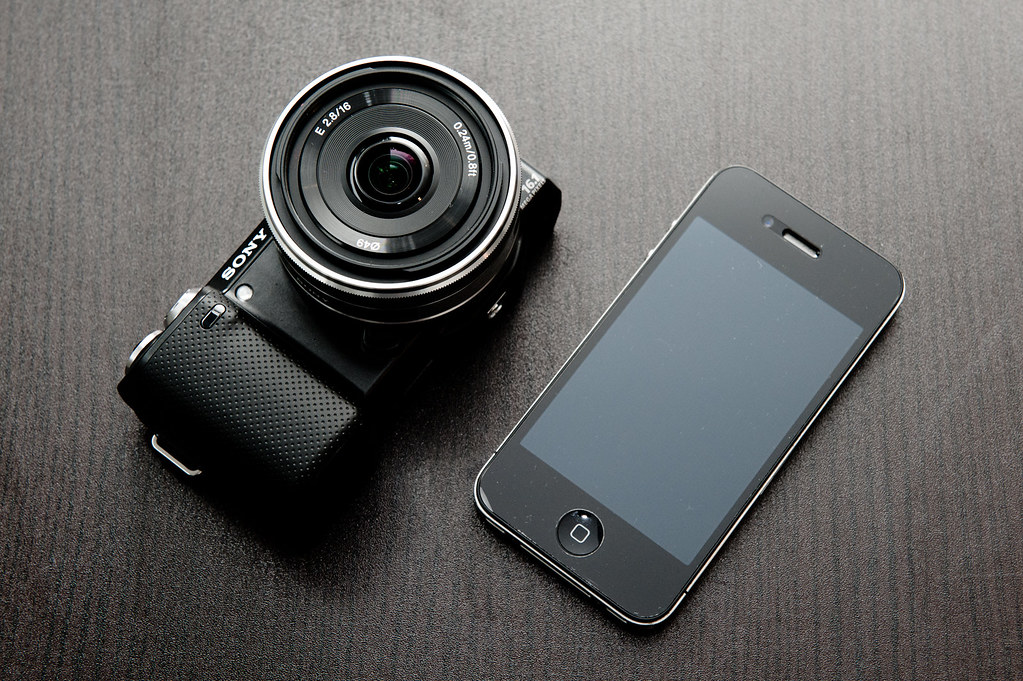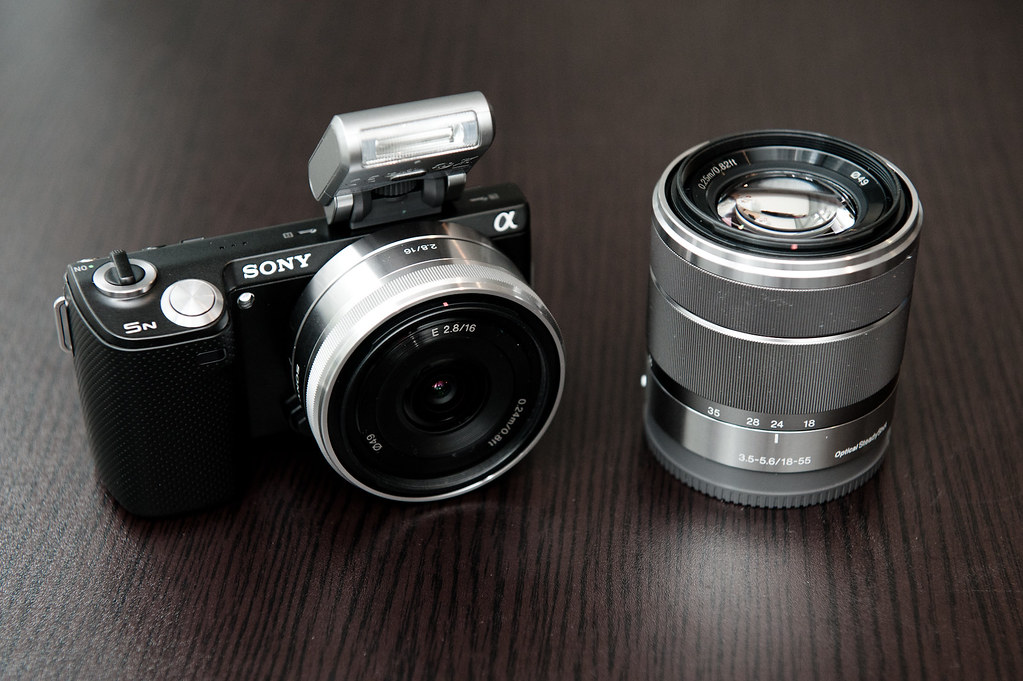Apple says its core biz is software with superior design. Seems an unfortunate miss on the new nano code...
:-(
All they had to do was add Bluetooth to that little guy, (perhaps integrated caller ID, text and MMS to the iPhone) and they really would have had a winner!
(RIP) Rest In Piece, cute little 2011 iPod Nano
Meanwhile, I'm not sure just copying a two year old, OLED Sony Walkman design & functionality is the best way to keep up an "innovator" charade. Certainly not with a device that lacks any ability to leverage their app store.At least they further eliminated the usefulness and aesthetics of any existing docking accessories without an adapter. An adapter will look just great on a "nano" version of tech.
Not to mention, they're back to a video capable, small iPod product, but without camera or camcorder capability. Well, I guess we know what the next big, exciting, update for this product line will be.
...What a tiresome marketing cycle!
As for the iPhone 5 itself...
If Apple didn't posture themselves as the Gods of design and "simple solutions", "that just work", it wouldn't be so darn ironic and satisfying at times to point out their shameful contradictions. This was a big, Apple day, so here's a Big D reply. ;-) (I live near Dallas)
We knew they were going to once again abandon standards... But why the one that connects you too, and provides power from, the rest of the world!?!?
It would have been a welcomed surprise today if apple had innovated a "transitional" plug that accepted both the 30pin and the new style, "lighting connector". (Great name, I love things that plug into a wall socket, to feature the description of "lighting" on the other end; featuring exposed contacts no less.) A flexible, dual capable plug on this phone, would have offered a transitional opportunity for at least this one product line. (Who are we kidding with this "space constraint" story? They had room left over at the bottom to oddly, I mean "innovatively", relocate the headphone jack.)
There is a reason the new USB 3.0 Standard fits retro, USB 1.0 and 2.0 ports on existing PC's. This is the way good standards are written and designed. Apple's desire to so blatantly squander the investments of literally millions of loyal customers by ditching the 30 pin connector, they've insisted on using for every other iPhone and Touch product is rather shameful. They should have ditched it when they got rid of the need to power a hard drive, and worry about various analog standards of connectivity and output! (Everyone isn't made of money, and carriers don't subsidize the handful of a dozens charger and adapters you would need to compensate for this loss.)
Not to mention the 1000's of products still hanging on shelves and within millions of homes and cars which need some ridiculous adapter to further challenge the brilliant "fit and finish"! All the chargers folks struggle to keep handy at the office, night tables and next to their PC. When they've already had to avoid, simple, unified USB solutions.
USB 3 micro B
"USB 3 micro B" (which includes HDMI) would have been more than adequate, and then could have at least, value justified this solution as move towards an industry standard; such as the HDMI inclusion on the new Macs. (Apple could have even acted like they came up with it; as in Apple's CDMA-LTE Qaulcomm designed and manufactured LTE chip or the new cortex A15 CPU ironically designed and manufactured by Samsung.) They could have called their USB knock-off plug the "UB Apple, no flip, no magnet plug"! Taadaa...) Don't they already utilize mini-USB, on their smallest iPod form factor?? So there is no rhyme of reason to their "innovation"-vs- conformity???Since existing iPhone owners will be expected to buy and learn to use cumbersome adapters in order to utilize future docks and apple add-ons. I would see more purpose and advantages in simply learning more about adapting the use of Apple iPhone product with the actual industry standards of the world.

Just buy any multitude of adaptations on Amazon: http://goo.gl/InijX
Perhaps most surprising is Apple misplaced, yet repeated tendency these days, to further acquiesce only partially towards the rest of the mobile computing industry. Simply bizarre timing, allegiances and delivery. To finally introduce a 16:9 screen! Really! When one of your primary goals from the get go was to sell iTunes store related media; and your CEO at the time was chairman of Pixar, but it never dawned on you in the initial iPhone / Touch design to make it a 16:9 product?
4:3 = 1940 NTSC TVs :: 16:9 = early 2000's HDTV
Apple is the maker of Final Cut Pro HDTV video editing software, for goodness sakes!! Obviously the odd, dated aspect ratio of not only the original iPhone, but also the current iPad, has no real, solid justification. I guess it is just "art"...! Although, I thought such claims; certainly where related to consumer electronics; should typically hold merit in both form and FUNCTION. Meaning a media playback device that honors the intention and viewing experience of the media it plays.
At least they still avoided the convenience of a removable battery or user expanded memory. Who wants such things after all, in a product that continues to upgrade its camera(s); and subsequently render traveling with additional point-n-shoots less necessary. Heaven forbid you travel Europe or head to a once in a lifetime event and shoot more 1080p video than your phone's built in memory, (combined with all your existing apps, music, and bought movies) can hold. ...Just give em another two years I guess, to "innovate" that. They can call it the "mini-micro-nano A6 SD". ...sweet!
(Every other phone in the world "gets it"!)
And don't even get me started on the nature of all the swelling Li-Ion batteries, naturally bloating after a few 100 recharge cycles. That chemistry has certainly done wonders for the mouse pad, located above MacBook batteries and countless bright spots on ageing (but far from old) iPhone screens. Just allow your loyal customers to plop in a new one; without spending a $50-$80 bucks in service fees! ($30 fee variants are dependent on the model; who knows why? It's like the obscure pricing on added internal RAM. Absolutely, NOTHING to do with current industry pricing.)Being a self proclaimed "artist" really shouldn't instill in you a pride, which prevents you from learning from your repeated mistakes! ...but who are we kidding...? An experience in "standards", consumer loyalty, value and satisfaction only a "fanboy" could truly appreciate. Thank God for long-term, subsidized, carrier contracts!
(Heaven forbid, you keep your oddly proportioned phone, slap in a NET10 SIM, and get unlimited everything for $45 bucks a month, on the same AT(and)T towers. ...a'la European style, GSM value; as it should be.)
P.S. Still no true multitasking! Really! What is the point in more CPU cores, when you can't seem to author more apropos, multi-threaded OS code? More on this in the previous blog entry: http://themichaelhulmeproject.blogspot.com/2012/09/an-apple-day-keep-long-term-carrier.html




















